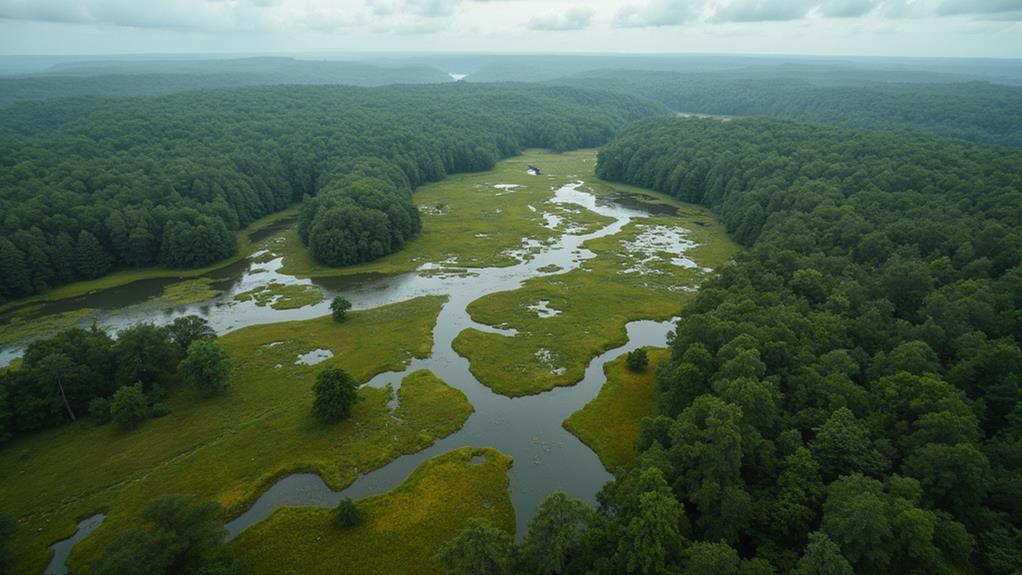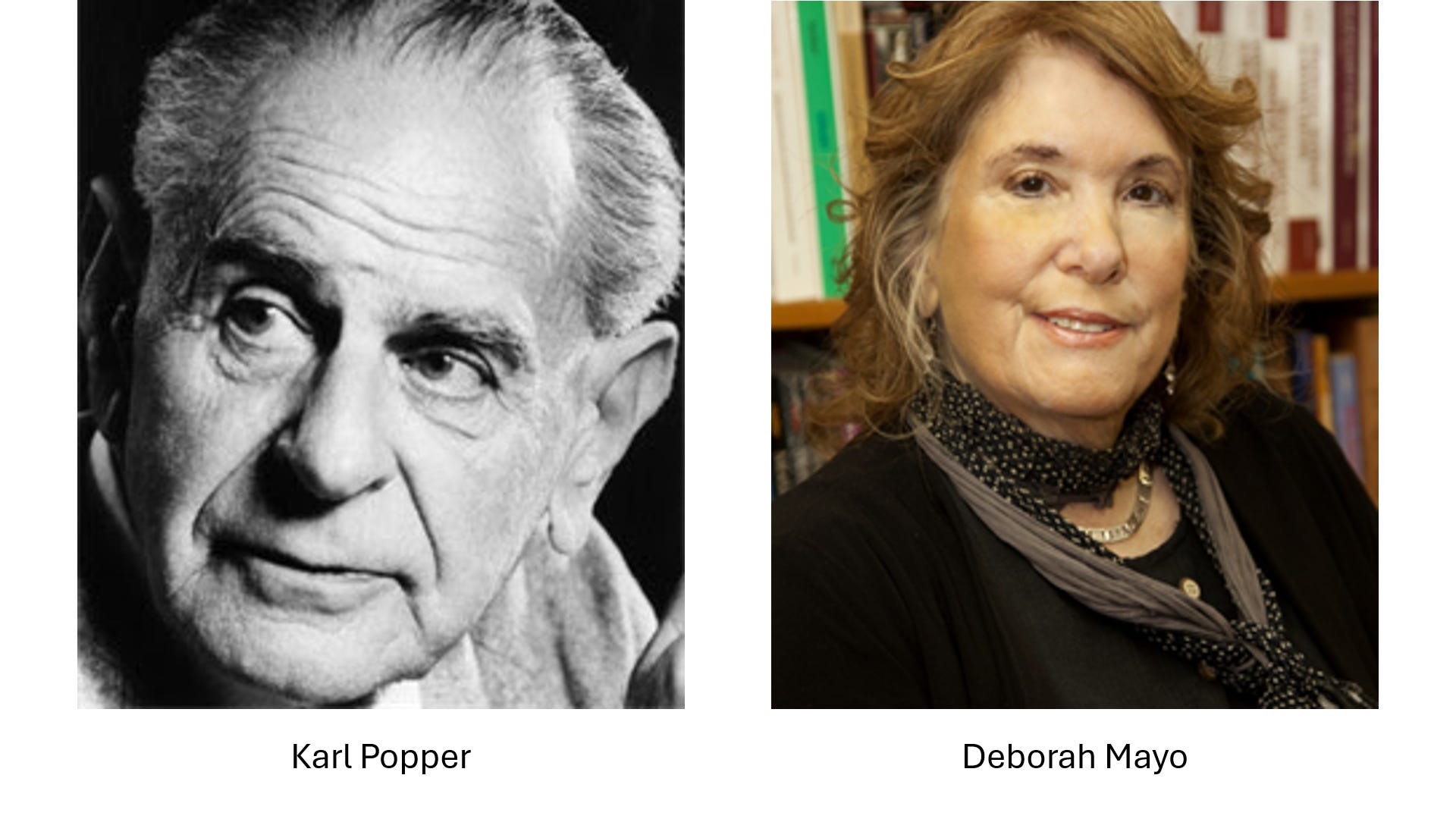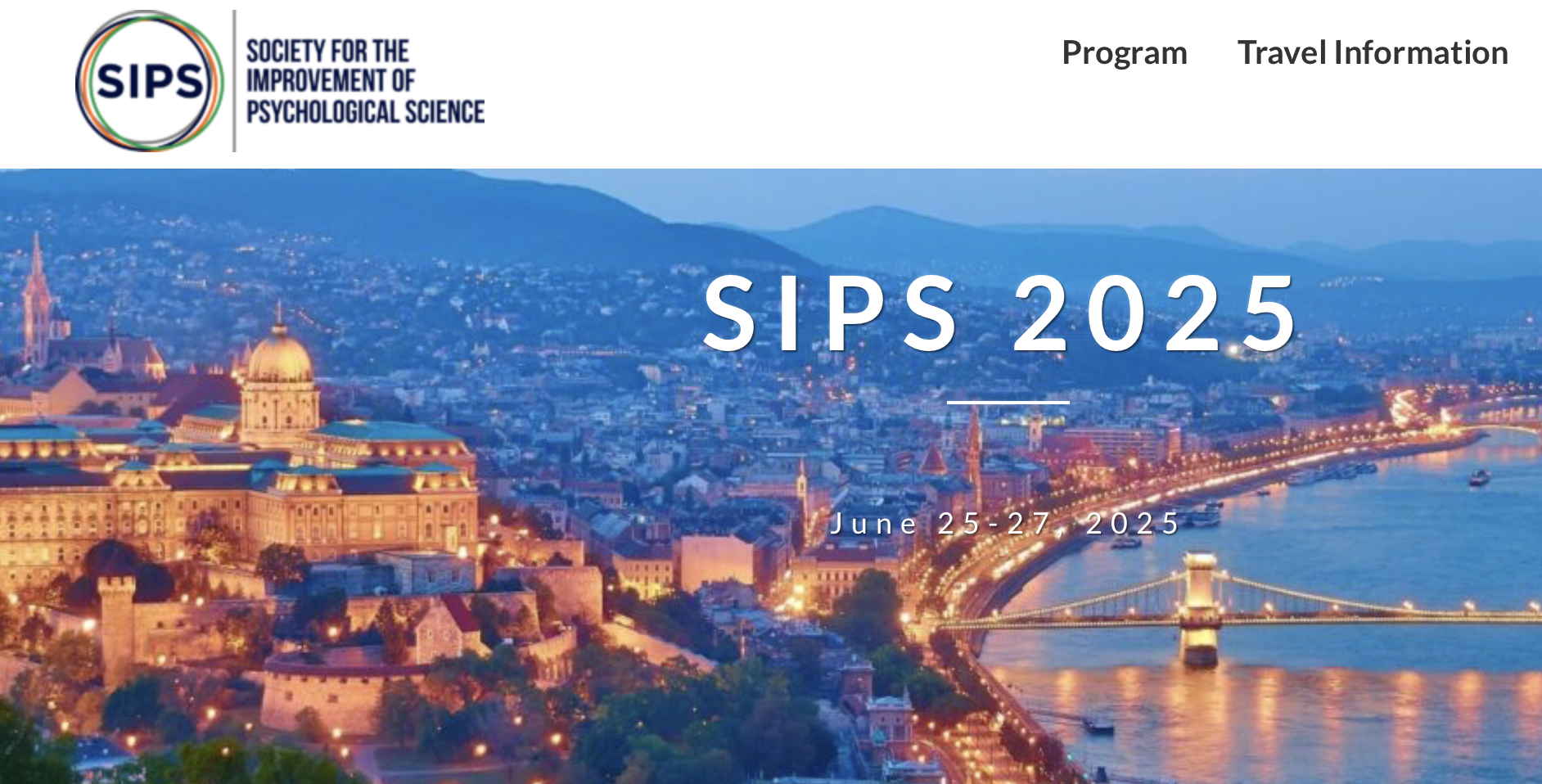
Investigating habitat fragmentation requires a combination of field methods, but which techniques are most effective in understanding its impact on ecosystems?

Investigating habitat fragmentation requires a combination of field methods, but which techniques are most effective in understanding its impact on ecosystems?

Preregistration Distinguishes Between Exploratory and Confirmatory Research? Previous justifications for preregistration have focused on the distinction between “exploratory” and “confirmatory” research. However, as I discuss in this recent presentation, this distinction faces unresolved questions. For example, the distinction does not appear to have a formal definition in either statistical theory or the philosophy of science.
Powerful tools await: unlock the secrets of ecological census data management and visualization to reveal surprising insights that will change the course of conservation forever.

Gaining insights into the Earth’s surface, remote sensing techniques revolutionize land cover classification, but can they keep up with the planet’s rapidly changing landscapes?
[This post received first place in the 2024 Blog Extravaganza at Adam Mastroianni’s Experimental History. Many thanks, Adam!] I first had this thought in 2019, and I started this draft in early 2020, but…you know how that particular story turned out. I’m picking it back up again now because I’ve had the titular point reinforced on several trips and projects over the past couple of years.
In my recent overview of homomorphic encryption, I underemphasized the importance of data layout when working with arithmetic (SIMD-style) homomorphic encryption schemes. In the FHE world, the name given to data layout strategies is called “packing,” because it revolves around putting multiple plaintext data into RLWE ciphertexts in carefully-chosen ways that mesh well with the operations you’d like to perform.
Scholarly articles provide context to the factualness of statements in Wikidata, similar to the [citation needed] in Wikipedia. And just like the cited references in each scholarly article itself. The citation network is general seen as an essential part of (doing) science, even without citation intention annotation.
PKP sends a call to Journal Editors, Managers, and Publishers announcing trials of the Publication Facts Label for those using Open Journal Systems (OJS). At a time of concern over information quality, the Public Knowledge Project is introducing the Publication Facts Label (PFL) for journals using OJS (v 3.3 or higher). The PFL plugin can be readily installed in a journal, where it will gather and provide the

I am a member of the Society for Improvement of Psychological Science (SIPS) – have been since 2017. I joined their yearly conferences every other year starting in 2017, but I will not be joining the 2025 conference in Budapest, Hungary. For me, the big selling point of SIPS are the people – the location choice for 2025 (unintentionally) signals that some people are less important.
In a discussion about what decisions are, John Krakauer emphatically pronounced that “decisions happen for reasons”, in answering ‘no’ to my question if it wasn’t a decision with which foot to start walking from a stand-still. A recent article from the laboratory of Carolina Rezaval in Birmingham studied a decision-making process in male Drosophila fruit flies where the reasons for each decision seemed apparent.
Am 05. September 2024 fand das 10. Open Science Barcamp unter dem Motto „Connect, Unlock, Together!“ statt. Der Ort war dieses Mal die Fachhochschule Potsdam und der lokale Organisationspartner, die Vernetzungs- und Kompetenzstelle Open Access Brandenburg. In 14 Sessions wurden diverse Aspekte von Open Science und damit auch Open Access aus vielfältigen Perspektiven beleuchtet.